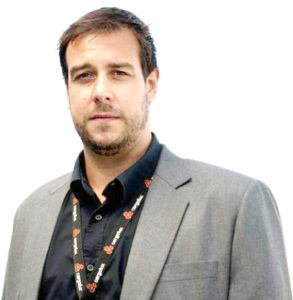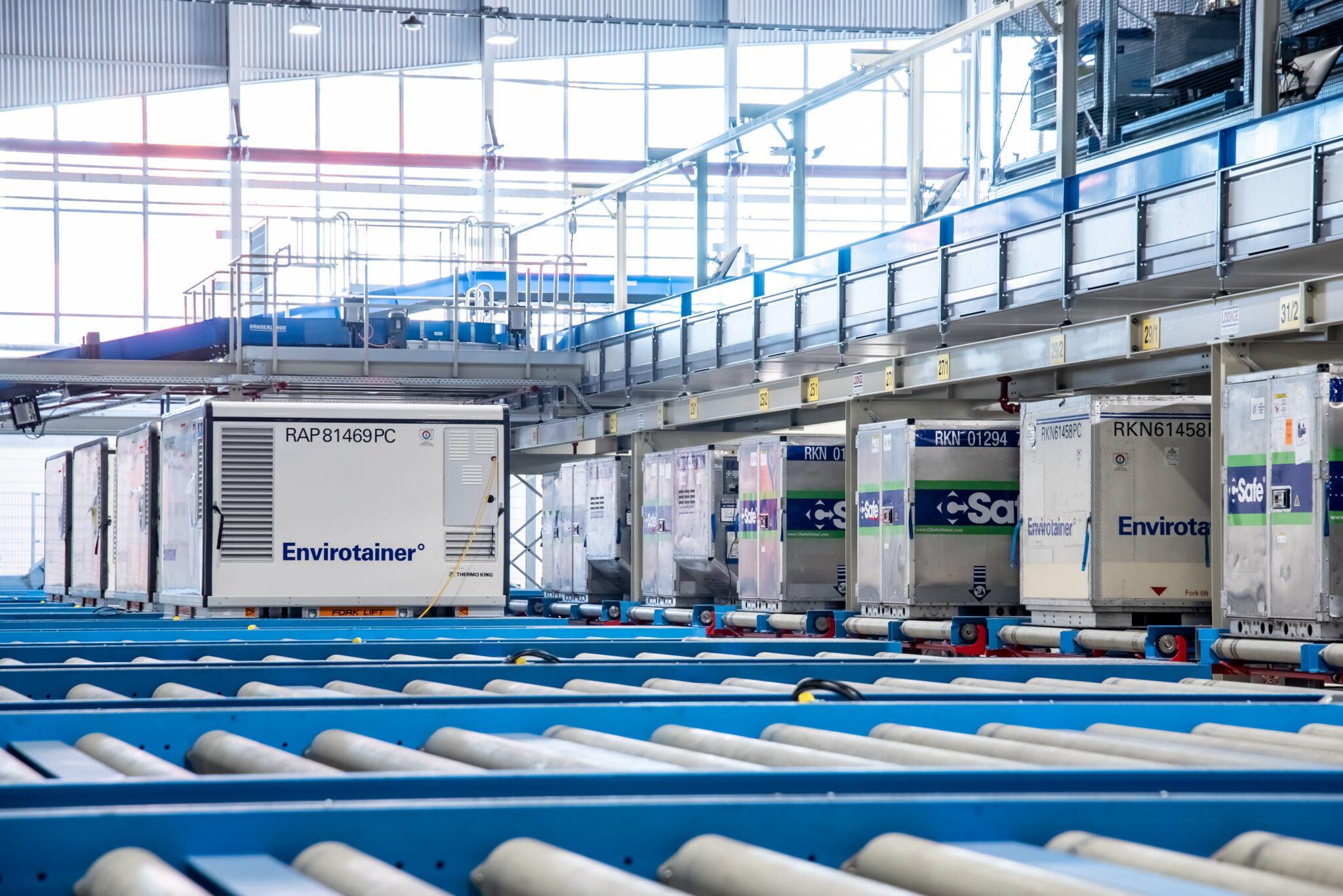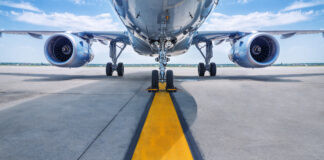

The busiest trade lanes for dangerous goods (DGR) in the vast network of Cargolux Airlines is both directions between Western Europe and North America.
Manager of global product management, Eric Reisch says North East Asia, the Middle East, Brazil and Western and Central Africa are also buoyant.
Cargolux offers customers a specialist service CV hazmat, which covers all DGR classes 1-9, as well as shipments not allowed to travel on passenger flights (CAO).
Reisch says: “Dangerous goods require extremely careful handling and expert knowledge, our team of specialists ensure full guidance for both forwarders and shippers about compliance and the varied responsibilities of DGR shipments.”
Cargolux is represented at IATA’s Dangerous Goods board, and whenever needed, it can get fast approvals and feedback from authorities through its close cooperation with the local civil aviation departments in many countries.


Reisch says the DGR sector has been consistently busy in 2017 with a large variety of shipments carried.
He adds: “As an all-cargo carrier, with the ability to carry cargo that cannot be carried on passenger aircraft, we fill a niche with growing demand due to the limited number of qualified actors in this market. Freighter-only DGR shipments represent an important part of our business.”
He says most consumer products today have some components that qualify as DGR, which has grown demand for DGR freight.
“The airfreight industry, however, seemingly moves at its own pace, be it due to regulations and/or overall complexity of the business all the way to pricing of the service by air.
“Shippers have, in part adapted their supply chains to meet their deadlines and cover for disturbances in ocean/vessel, rail and road transport. Airfreight remains the best solution for urgent needs and quality products.
“Although CAO cargo represents a large part in terms of revenue for any freighter operator, it surely comes at a certain cost through additional investments in trainings, awareness, infrastructure and processes, as well as an overall increased risk for the operator.”
Cargolux moves household goods, satellite parts, radioactive materials, magnetised materials, dangerous materials (machinery and equipment), chemicals, explosives and lithium batteries.
The carrier has faced any difficulties in moving lithium batteries, he says: “Shippers and manufacturers of quality products often find it hard to understand that their well-known branded product is subject to the same basic requirements and concerns as those that are classified as a potential risk to air safety.
“The middle-man, the freight forwarder, may sometimes not understand our requirements from a more technical point of view. We may have to reject shipments despite being confident that the manufacturer has all the necessary documents and precautions in place. This makes it all the more important to be in close contact with the shippers.”
Cargolux is seeing new trends and challenges in the DGR sector. Reisch says: “Airlines have implied their own restrictions and barriers, that go beyond the currently applicable DG regulations. Cargolux and other airlines have conducted their own risk assessments resulting in either full embargoes or additional safety measures that reduce the risk to an acceptable level.
“Cargolux has started a pilot project for UN3480 in April that covers carriage of lithium batteries by air under certain conditions. This is a solution that we have developed in-house for our fully trained and certified gateways Luxembourg, Los Angeles and Hong Kong. Johannesburg became an approved receiving station. Zhengzhou, Shanghai, Kuala Lumpur and Taipei are next in line and additional stations will follow.”
The sector has changed in recent years in the view of Reisch, who notes the complexity has become more and more technical.
He says: “We do not only educate our customers in the forwarding industry, but often get to work hand-in-hand with the shippers/manufacturers who best know their product and capabilities.
“Documentation, testing certificates and QMS are a valuable barrier to protect ourselves from counterfeit and cheap batteries ultimately responsible for great concern of carriage by air. Screening methods have evolved considerably in an environment where ‘hidden dangerous goods’ represent the largest risk.”
But what does Cargolux want to see in the industry in regards to DGR cargo. Reisch notes: “Shippers need to be more involved in a standardised QMS process that would be declared as acceptable for airfreight through IATA or ICAO. When it comes to dangerous goods, it’s better to have a direct relationship between shipper/manufacturer and airlines to avoid back and forth communication between the stakeholders.
“Cargolux has its role in the supply chain and a clear responsibility to also educate customers to have the full understanding of requirements and capabilities for air transport.”













